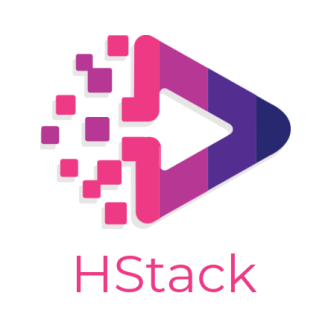Introduction to ‘DB’
When we talk about ‘db’ in the context of programming, we refer to databases commonly used in various applications for managing and storing data. One incredibly popular database system is MongoDB, renowned for its flexibility and power.
Getting Started with MongoDB
MongoDB stands out in the world of ‘db’ due to its unique approach to handling data. It’s a document-oriented, NoSQL database that uses JSON-like schemas, making it a fantastic choice for modern web applications.
Creating a Database in MongoDB
- Firstly, you’ll need to install MongoDB on your system. Detailed installation instructions can be found at ${Anchor}.
- Next, start MongoDB from your system’s command line.
- Once MongoDB is running, you can create a new database simply by using the ‘use DATABASE_NAME’ command. Replace ‘DATABASE_NAME’ with the name you wish to give your new database. If the database doesn’t exist, MongoDB will create it for you.
Modifying your MongoDB Database
MongoDB offers a plethora of commands to modify your databases, including adding collections and documents, updating documents, and deleting data. The structure of MongoDB’s ‘db’ allows for a flexible schema that can evolve with your project’s needs.
Managing Your MongoDB Database
There are numerous tools for managing your MongoDB ‘db’. One of the most popular is MongoDB Compass, which offers a graphical interface for exploring and manipulating your data.
Conclusion
Understanding ‘db’ and MongoDB is vital for today’s developers. By learning how to set up and utilize MongoDB databases, you’re gaining a powerful tool for your software development arsenal.
